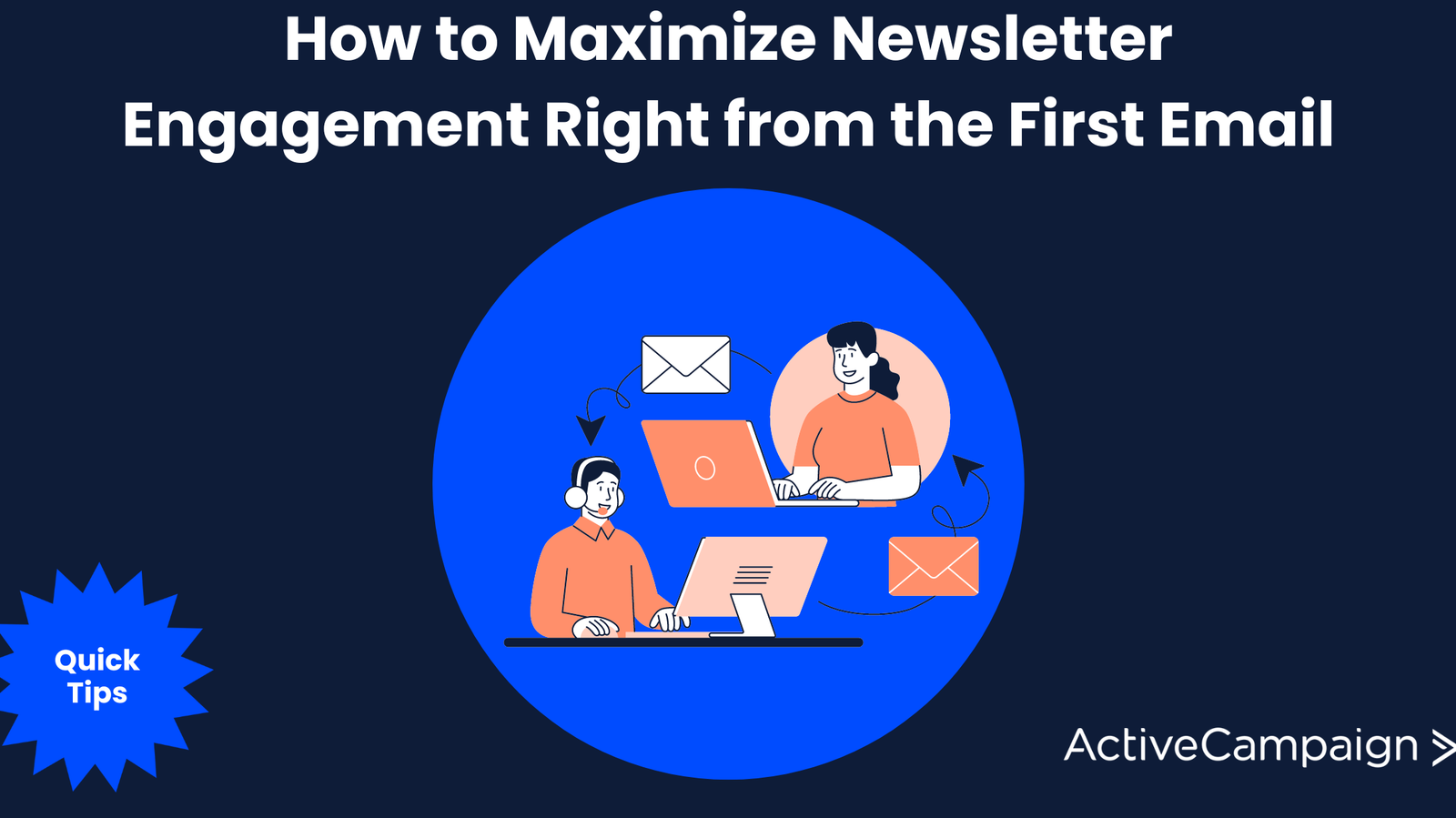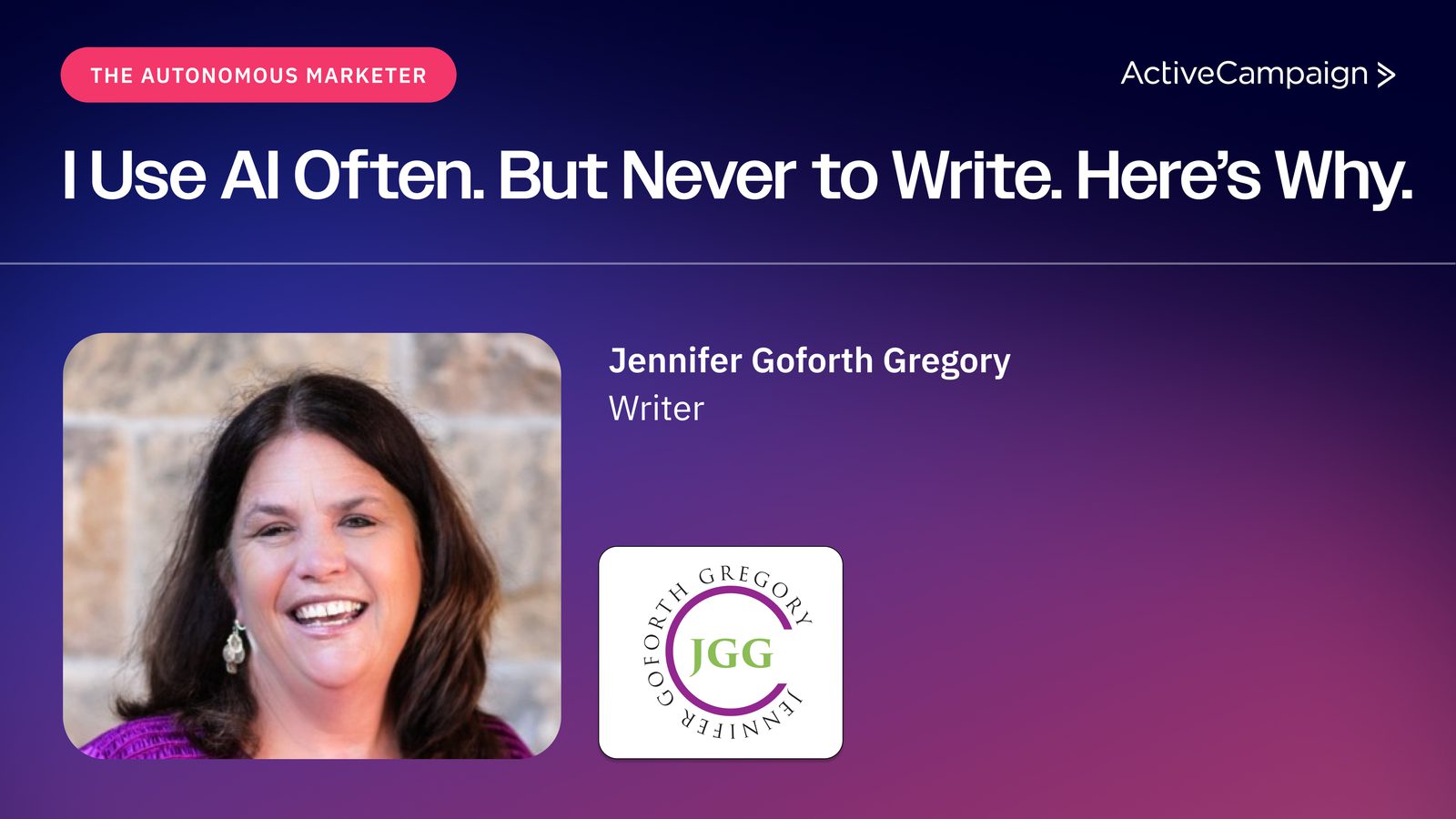This is part of our Quick Tip series of shorter, single-focused articles. This particular one was inspired by a LinkedIn post by Casey Hill.
When someone opts in to your newsletter, you have a golden opportunity to set the stage for a long and engaging relationship. The first email you send can make a big difference in how your new subscribers perceive your brand and how engaged they’ll be with your content moving forward.
Here are three key things you should do in your first email to maximize engagement.
1. Set clear expectations
First, tell your new subscribers exactly when they will hear from you and what kind of content they can expect. This helps build trust and sets clear expectations. If your subscribers know what to expect, they are more likely to stay engaged and look forward to your emails.
For example, you might say, "Thanks for subscribing! You’ll hear from us every Wednesday with the latest tips on email marketing, industry news, and exclusive offers." This simple statement sets a clear schedule and gives a preview of the content. Knowing when to expect your emails can also help reduce the likelihood of your emails being marked as spam.
2. Provide immediate value
Next, provide some valuable content that your new subscribers can consume right away. This helps to immediately demonstrate the value of being on your email list. If you’ve been running your newsletter for a while, you can share some of your top articles or most popular content.
Kyle Poyar of Growth Unhinged does a great job of this by sharing his best-performing articles right in the welcome email. An example is at the bottom of this post.
If you’re just starting out, you can send your first newsletter issue immediately. This is what Casey did with SaaS Steps. By giving subscribers something valuable right away, you’re reinforcing the idea that being on your list is beneficial and worth their time.
3. Encourage replies
One of the biggest signals to email providers that your emails should land in the primary inbox rather than the promotions folder is the reply rate. Brands that get a high percentage of replies to their first email often see their future emails landing in the primary inbox more consistently.
To encourage replies, ask questions in your first email. The more specific the question, the higher the reply rate you’ll likely get. For example, you might ask, "What’s the biggest challenge you’re facing in email marketing right now?" This invites engagement and makes your subscribers feel like you’re genuinely interested in their opinions and challenges.
Handling replies
In his LinkedIn post, Casey also addresses the question of a flooded inbox. This is a valid concern, but here’s the deal: if you don’t want to take the time to reply to your subscribers, you might have the wrong people on your email list. In general, engaged subscribers who take the time to respond are valuable leads. If they don’t constitute enough value to warrant a reply, you might need to screen or vet your subscribers more thoroughly.
Trust me, getting too many replies is a good problem to have. It means your audience is engaged and interested in what you have to say.
Plus, responding to replies can help you build stronger relationships with your subscribers, turning them into loyal customers.
Welcome email breakdown
To put these tips into practice, let’s look at an example from Growth Unhinged. Their welcome email does a fantastic job of setting expectations, providing immediate value, and encouraging replies. They clearly outline what subscribers can expect, share top articles, and ask a question to drive engagement.

Following these steps, you can create a welcome email that sets the tone for a highly engaged subscriber list. Remember, the goal is to build a relationship with your subscribers, not just to increase your numbers. Quality engagement will always outweigh sheer quantity in the long run.
So, take the time to craft a thoughtful and engaging first email. Your subscribers—and your email metrics—will thank you for it.









